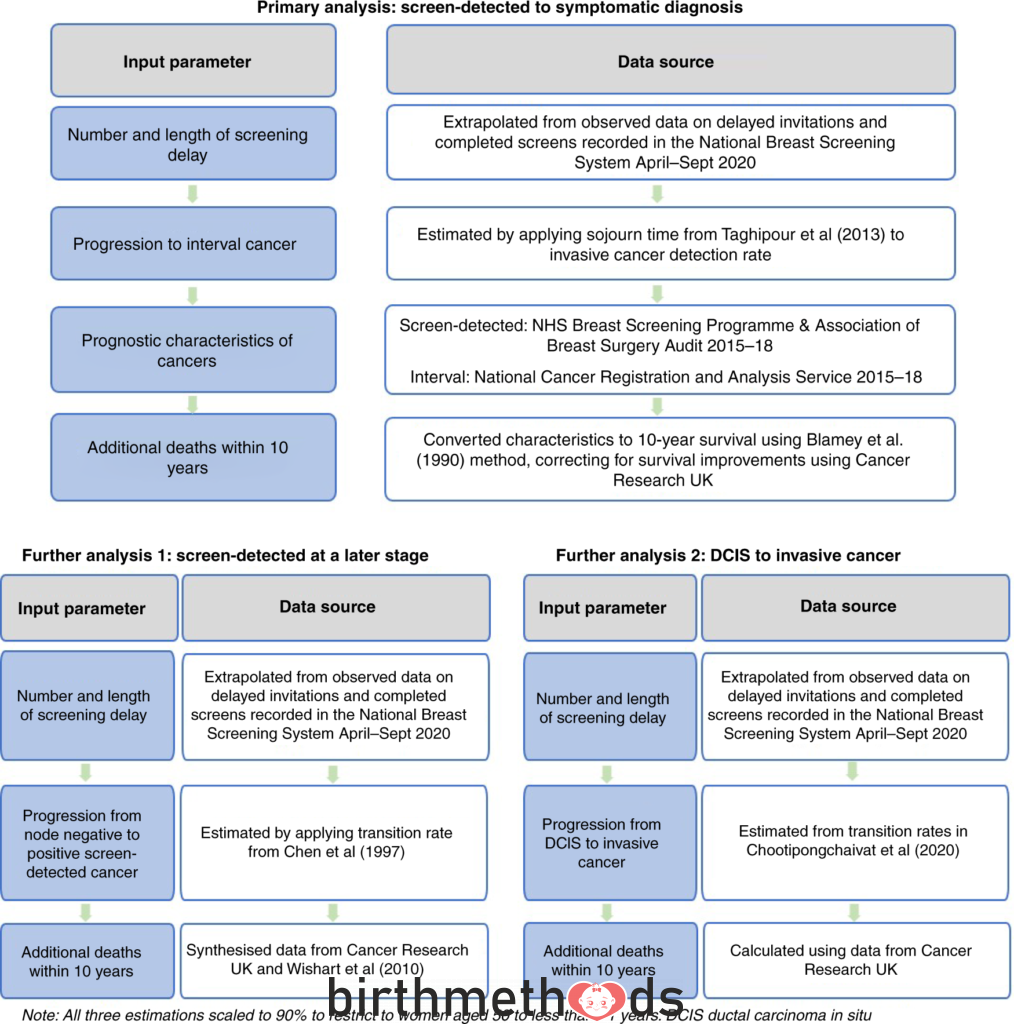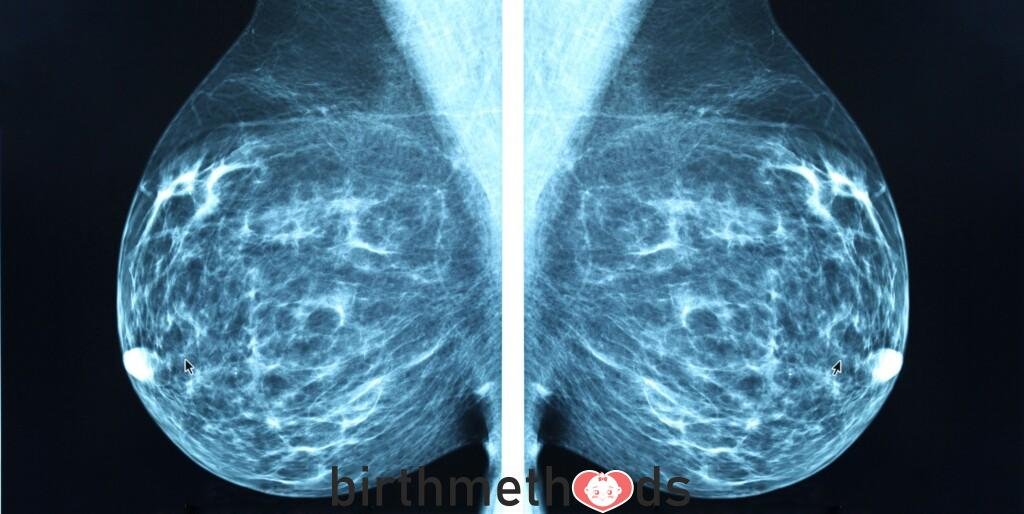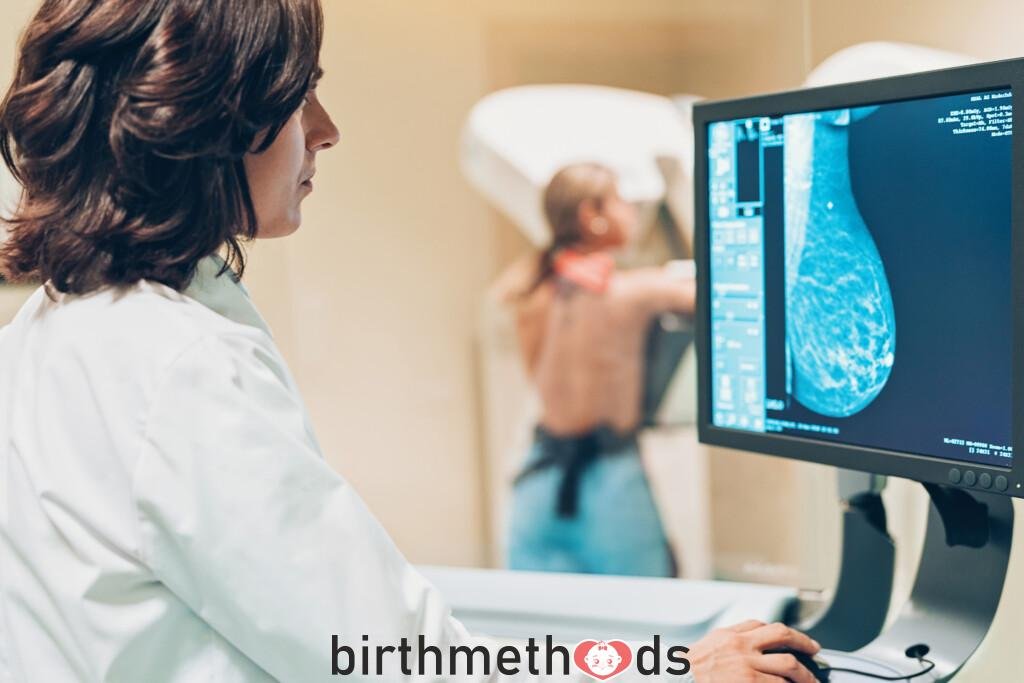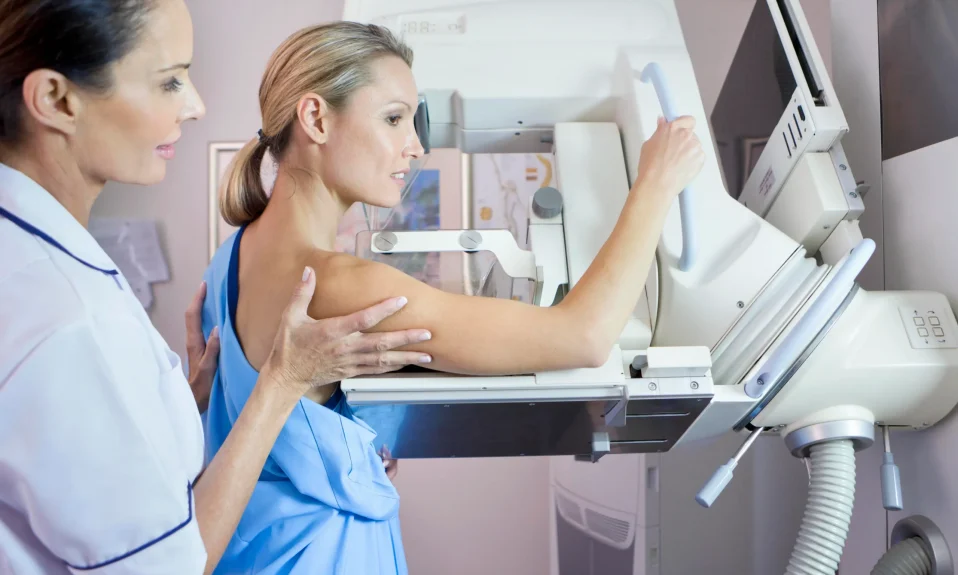Breast cancer screening is a way to detect the disease before it spreads. It helps doctors diagnose a disease early when there are few or no symptoms. Earlier detection means a better prognosis. In the majority of cases, breast cancers found during screening are small, and they are unlikely to spread outside of the breast.
 What tests are done to check for breast cancer?
What tests are done to check for breast cancer?

Breast cancer screening can be part of a routine check-up or be prompted by the presence of a lump or pain in the breast. During the screening, you’ll be asked questions about your health and family history, and a mammogram or ultrasound may be conducted. Biopsies can reveal changes in the breast tissue and help your doctor determine what type of treatment is right for you. Results are often available on the same day.
A bone scan is another screening test that can determine whether cancer has spread to the bones. During this procedure, a doctor injects a radioactive substance into a vein in your arm. The radioactive material will then bind to areas of bone where there is an abnormality. Images from this scan are then sent to a computer for analysis. The scan is painless, and you should drink plenty of fluids on the day of the test.
Another test used to determine whether cancer has spread is a biopsy. The biopsy sample is then sent to a laboratory for further analysis. Results from genetic tests will help determine the type of cancer cells, their growth rate, and how aggressive they are. This information will help your doctor decide how to treat you and avoid unwanted side effects.
The screening tests used for breast cancer can be a good way to find the disease before it becomes a problem. Screenings may not be necessary in every woman, but if they detect abnormalities, the treatment is more likely to be successful. If you suspect you might have the disease, it’s best to schedule an appointment with your doctor.
The next step in the detection of breast cancer is to determine the type of tumor and if the tissue contains a protein known as HER2. This can be used to determine whether the sample contains a normal amount of the protein, or whether it contains too many copies of the HER2 gene. Your doctor may recommend this test if you have invasive breast cancer or recurrent breast cancer. These tests are often used to determine the aggressiveness of the tumor and determine the best treatment for you.
Another way to check for breast cancer is by using magnetic resonance imaging (MRI). An MRI uses magnetic fields to create detailed images of the body. It can also detect cancer that is not visible with mammography or ultrasound.

What is the first test for breast cancer?
Before a patient receives any chemotherapy, the first test for breast cancer is usually performed. During this test, doctors can determine whether cancer has spread within or outside the breast. This information will help the cancer care team to determine the best course of treatment. A biopsy may also be necessary if suspicious areas are detected outside the breast and nearby lymph nodes.
Breast cancer screening is recommended by the American Cancer Society, as early detection is the most effective. This means getting a mammogram at least once a year and doing a monthly self-exam. This early detection can help save lives, so it is important to get screened regularly.
Ultrasound is another screening test for breast cancer. It can detect even the smallest abnormalities. It can also determine whether a lump is a cyst or a solid mass. It can also help doctors identify the location of the tumor, which is important for guiding a lumpectomy.
In addition to ultrasound, a doctor can perform a breast biopsy. This is the only way to be sure that a person has breast cancer. A biopsy involves removing a sample of breast tissue from a suspicious area. The doctor will then study this sample to determine if it is cancerous or not. The biopsy is usually done in a hospital, but patients can return home after the procedure.
Early detection is the key to a successful treatment for breast cancer. Screening exams can detect tumors two years before symptoms appear. For this reason, it is important to start annual mammograms at an early age. A mammogram can also detect small tumors called ductal carcinoma in situ, which may eventually develop into invasive cancer.
While a biopsy can be helpful in determining the presence of cancer, false-negative results may delay medical treatment. Unfortunately, one out of five breast cancers is missed using mammography. Screening tests can also lead to treatments that will not improve a woman’s health or prolong her life.
How do I prepare for a breast cancer screening?
During a breast cancer screening, you will be asked to undress and stay still. The healthcare provider will ask you questions to better understand the screening process. The technician will also let you know what to expect during the screening. They will examine the breasts with three levels of pressure to detect any lumps. It may be uncomfortable at first, so it is important to remain calm and relaxed. After the screening is complete, you will be sent home with the results.
There are many factors that can affect your results. One major factor is the possibility of false-negative tests. A false-negative result may make it appear that your breast cancer is not present, and this can delay treatment. Also, women should know that one in five breast cancer screenings misses cancers. If a woman is diagnosed with breast cancer later, she may have to undergo treatment that may have harmful side effects and shorten her life.
Mammograms are important to detect cancer in its early stages. Although they can be frightening, these screenings can save lives. They are important tools for preventing breast cancer, so it is important to know what to expect during the screening. You can prepare for your mammogram by taking the steps outlined in this article.
You can also prepare for the screening by avoiding heavy meals for a few hours. The screening process may be uncomfortable or painful. But if you are healthy and have no health problems, you should be fine. Fortunately, the results of your mammogram are usually available within a few days. Ask the screening facility about how long the results will take to arrive.
Your healthcare provider may recommend screening mammograms for average-risk women starting at age 40. This will help detect small cancers that have not yet developed any symptoms. It will also help you establish a baseline for comparing changes from year to year. By getting screened early, you will have the best chance of surviving the disease.
Before a mammogram, you should remove any cosmetics that may interfere with the X-rays. The screening center will provide you with a gown or cover for you to wear. You will need to remove your bra and shirt. A two-piece outfit is more comfortable than a dress.

Should I shave my armpits before a mammogram?
Shaving armpits before breast cancer screening is a good practice because the area around the armpits is an area where the breast tissue is located. In addition to breast tissue, armpits also contain lymph nodes that filter out abnormalities of the same-side breast, arm, and chest wall. If you notice a lump in your armpits, it is a sign that the lymph nodes are fighting cancer cells.
During breast cancer screenings, the doctor will check the lymph nodes to determine whether there is cancer in them. If the lymph nodes have cancer, they will need to be removed. In some cases, this removal may be part of a larger breast cancer surgery. This procedure is also known as axillary lymph node dissection.
Before your mammogram, you should be clean and free of lotions and deodorants. These products may interfere with the quality of the image. In addition, these products may have metallic particles that can affect the images of the breasts. To prevent this problem, the technologist will provide you with wet wipes.
A recent study has found that women who shave their armpits before applying underarm antiperspirants are more likely to develop breast cancer. The researchers also found that women who regularly shave their armpits may be moving up their breast cancer risk by up to 20 years. Shaving armpits is also associated with increased aluminum absorption. This may explain why armpits are disproportionately affected by breast cancer.
In addition to shaving armpits, women should avoid using deodorant before a mammogram. The aluminum in deodorant can interfere with the results of the mammogram. It shows up as white spots that look similar to cancer spots on the mammogram. It’s also important to note that women who regularly wear deodorant may need additional imaging.

Our previous post Risks and benefits of co-sleeping in our article Benefits, cosleeping ve Risks information about.













